Last updated: March 2, 2022
Article
Groundwork: A Model for Sustainable Change
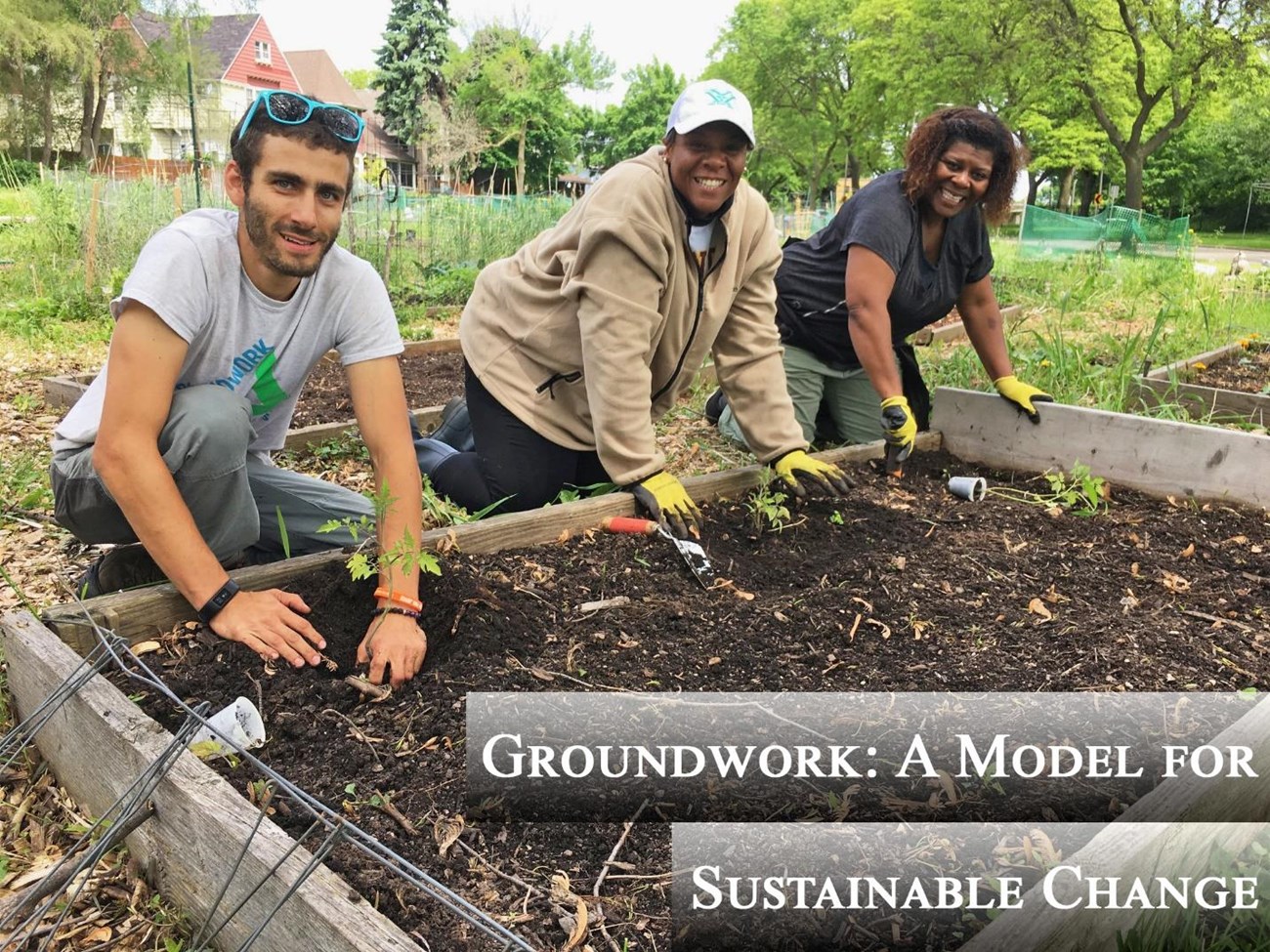
By Evelyn Moreno
Changing systems, changing places and changing lives is the model by which Groundwork operates – one that was sought out in the early 1990s by Doug Evans and Steve Golden, former National Park Service project specialists, to better assist underserved communities they worked with.
Groundwork USA, a national organization that partners with the National Park Service and Environmental Protection Agency, assists a network of 20 nonprofits known as Groundwork Trusts. Trusts are formed in communities struggling with environmental, economic and social decline and work to transform brownfields and underutilized land into parks, trails, community gardens and other public green spaces.
Established in the United States by the National Park Service – Rivers, Trails and Conservation Assistance program and the Environmental Protection Agency’s Brownfields Program, the Groundwork program carries out a mission that aligns with the values of the National Park Service to protect natural and cultural resources and encourage outdoor recreation by supporting community-driven revitalization projects across the country.
From the United Kingdom to the United States
While working on conservation and recreation projects in communities characterized by abandoned buildings, vacant lots, environmental contamination and health challenges – Evans and Golden recognized that short-term community planning assistance was not enough to meet the challenges faced in such urban landscapes. Instead, there needed to be a longer-term investment, increased community participation and more resources. With dozens of stakeholders, complex land ownership and socioeconomic issues to address – they believed a community-led approach would work best to meet project goals.
Upon learning about and meeting with members of Groundwork in the U.K., a program dedicated to helping people in marginalized communities gain skills to protect and improve their green spaces, Evans and Golden were inspired to adopt the model in the U.S.
Robin Henshaw, the executive director of three Groundwork Trusts in the U.K., joined Evans and Golden on a presentation and listening tour of five urban communities in the Northeast region of the U.S. to learn more about local needs, explain the model of the program and garner support for its development in America.
Marjorie Buckholtz, founder of the Environmental Protection Agency’s Brownfields Program, attended one of the meetings and immediately became a big supporter of the program. Buckholtz noticed how Groundwork would fulfill the mission and goals of both the Environmental Protection Agency and National Park Service by working with communities that would benefit from transformational change to their physical environment. The partnership and support from Buckholtz and the Environmental Protection Agency were integral to the success of the Groundwork program.
The National Park Service and the Environmental Protection Agency formally launched the Groundwork program in 1996 with the establishment of three pilot Groundwork Trusts located in Bridgeport, Connecticut; Lawrence, Massachusetts and Providence, Rhode Island. To help the Trusts get started, the Environmental Protection Agency provided seed funding and the National Park Service provided planning and organizational development support.
Heather Passchier, Groundwork program manager for the National Park Service, said Evans and Buckholtz were “innovators that recognized that together two federal agencies could do something pretty powerful, and a little complicated, through a public-private partnership where each partner [federal and local communities] brings something substantial to the table.”
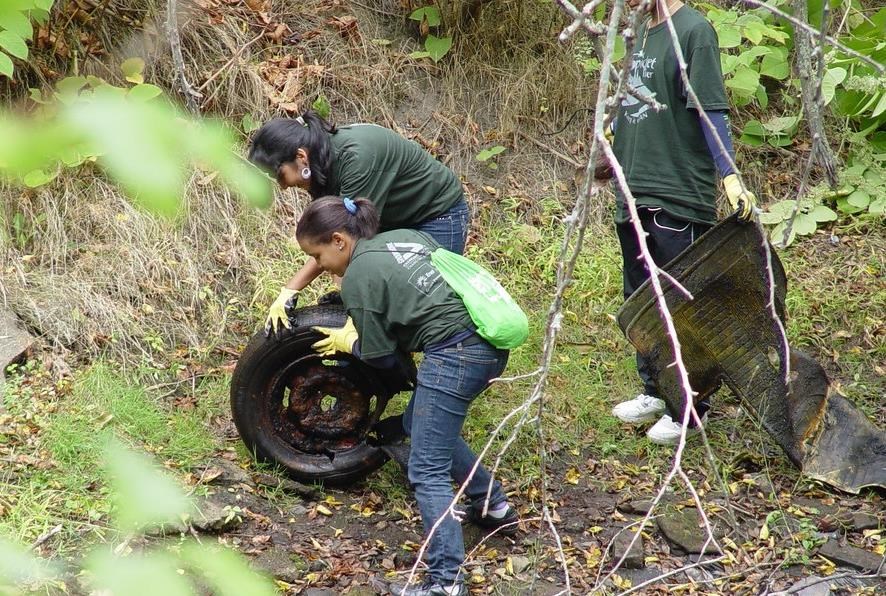
Groundwork Trusts and Partnerships
Groundwork Trusts are nonprofit entities established by local communities that work on conservation and outdoor recreation projects in their communities with a goal to increase community health and wellness, sense of pride and stimulate the economy.
Engagement from the community is vital for the launch of any Groundwork Trust as they act as intermediaries between local and national government and community residents. The National Park Service assists communities in creating Trusts by facilitating steering committee meetings, drafting proposals and identifying opportunities for brownfield redevelopment, park and green space creation, and community and youth engagement opportunities. Once designated a Groundwork Trust, the community pinpoints areas they wish to improve and begins implementing projects and programs with partners.
To support the creation of new Groundwork Trusts, the Environmental Protection Agency provides and the National Park Service administers $200,000 in seed funding for each Trust to help it launch as a nonprofit and carry out early implementation projects. The seed funding is then matched with local public and private sector funding. With technical assistance from the National Park Service and funding from the Environmental Protection Agency, Trusts are able to establish a foundation that allows them to work on long-range projects that local agencies do not have the tools or capacity to lead on their own.
Groundwork Lawrence, for example, was one of the first Trusts in the network and worked for more than 15 years with local residents, the city of Lawrence, the Commonwealth of Massachusetts and other community partners to transform abandoned industrial lands into the Ferrous Park and the Spicket River Greenway. The success of the project according to Groundwork USA is a “living testament to the power of shared vision and collaborative leadership in a community.”
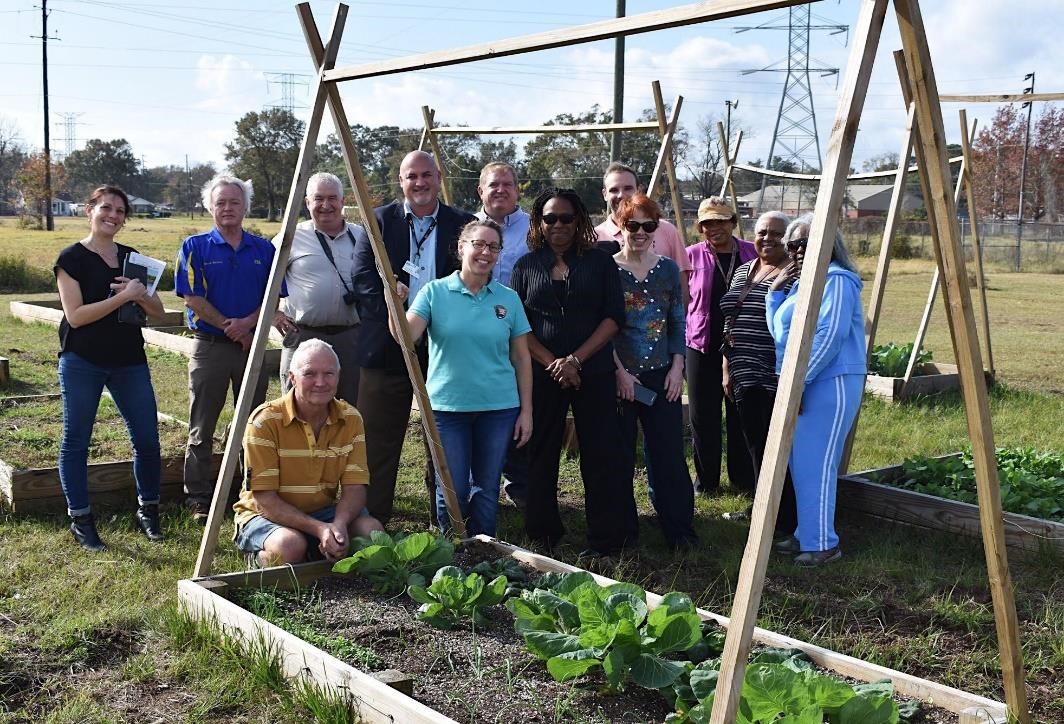
The three pilot Groundwork Trusts proved that the model to engage communities, build partnerships and share expertise and tools with stakeholders is not only successful but empowering for members of the community. Each Groundwork Trust is unique and represents the people it serves, focusing on diverse revitalization and development projects that meet the needs of the community.
Today, Groundwork USA continues to expand its network by accepting applications from communities across the U.S. who wish to build their own Trust.
Groundwork Youth: Inspiring the Next Generation of Stewards and Leaders
Behind every Groundwork Trust there are youth that participate in hands-on projects to transform their communities’ underutilized spaces. Groundwork is committed to creating the next generation of environmental leaders and stewards by offering programs that provide hands-on conservation training, leadership opportunities, skills building and career mentorship preparation to low-income youth and young people of color.
The Green Team and the Ground Corps are Groundwork’s two signature youth programs aimed at bridging the diversity gap between conservation and outdoor recreation and urban youth. Both programs aim to inspire youth to become stewards of the environment by connecting them to the land in their own communities’ as well as national parks and national wildlife refuges.
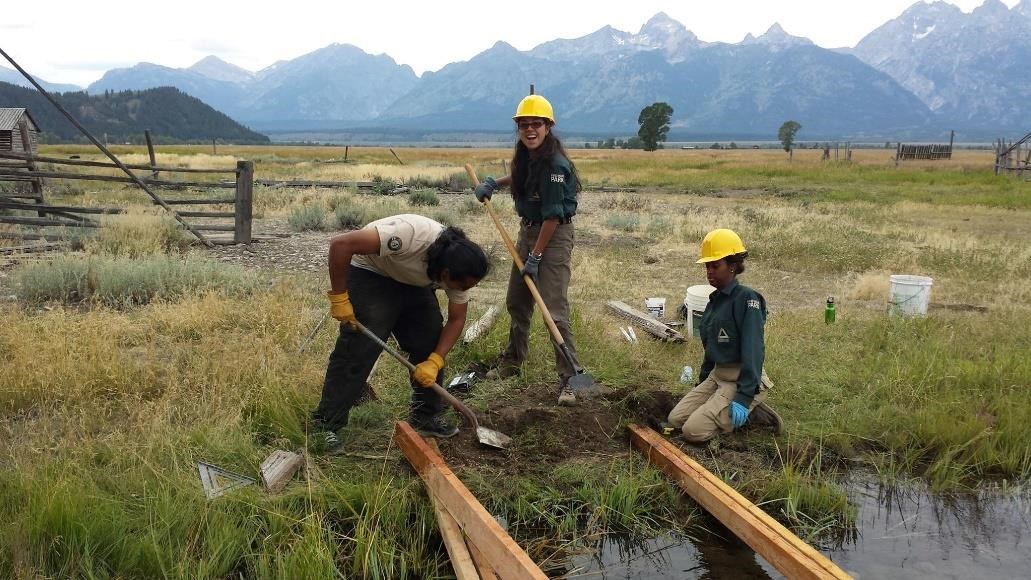
When Tomas Lopez joined the Groundwork Lawrence Green Team as a high school freshman, he told Groundwork USA that “he had no idea what environmental education was or what environmental advocacy was or conservation.” But he was drawn to the opportunities Groundwork’s youth development and environmental leadership program offered for “giving back to the community, being able to enjoy nature within your own community.”
Groundwork youth have worked in National Park Service sites across the country from Point Reyes National Seashore to Gateway National Recreation Area. For most Groundwork youth, working on projects in National Park Service sites is their first introduction to federal public lands which allows them to develop a connection with the natural environment, inspires a land stewardship ethic and helps them build career skills.
“It is not unusual for Green Team par ticipants to become Green Team l eaders, and soon we will be hiring them to be the next generation of National Park Service leaders wo rking in parks and programs to connect urban communities to recreation and stewardship opportunities,” Passchier said.
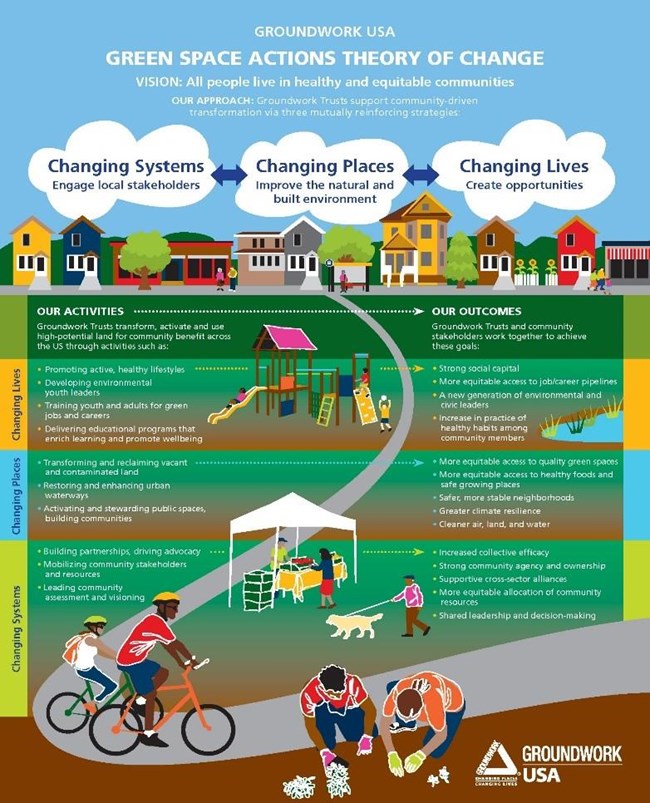
Changing Systems, Changing Places and Changing Lives
Groundwork USA and its network of Groundwork Trusts lead change and transform lives in local communities across the U.S. The model by which Groundwork operates: changing systems, changing places and changing lives, puts the interests and needs of communities at the forefront and is the driving force for revitalization.
The Groundwork model was adopted to better meet the needs of overlooked communities in the U.S. and works to assure there is more equitable access to green spaces for the enjoyment and wellbeing of all.
“We get a chance to really be vocal out here and control our own story,” said Sherman Dean, workforce development manager for Groundwork Richmond, California.
